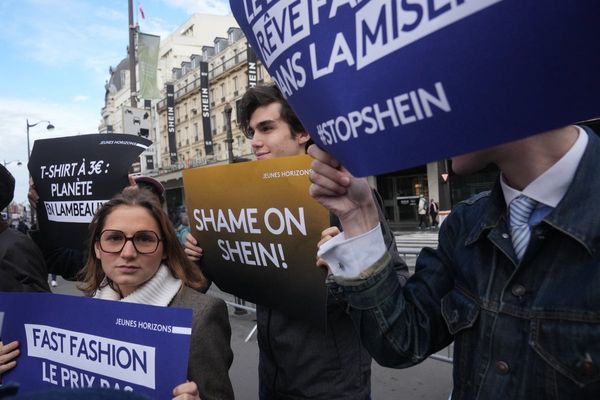
Mark Kirasich, Deputy Associate Administrator for the Artemis Campaign Development Division at NASA headquarters in Washington said, "The selection of these regions means we are one giant leap closer to returning humans to the Moon for the first time since Apollo. If we do it, it will be unlike any mission that will come before as astronauts venture into dark areas previously unexplored by humans."
The candidate regions identified by NASA for an Artemis III lunar landing are:
These 13 candidate regions are Connecting Ridge, Malapert Massif, de Gerlache-Kocher Massif, Peak Near Shackleton, Nobile Rim 1, Nobile Rim 2, Connecting Ridge Extension, Faustini Rim A, de Gerlache Rim 1, de Gerlache Rim 2, Haworth, Leibnitz Beta Plateau, and Amundsen Rim.
All these regions are located within six degrees of latitude of the lunar South Pole and collectively, contain diverse geologic features. Together, they provide landing options for all potential Artemis III launch opportunities. Multiple regions ensure flexibility to launch throughout the year, as per ANI reports.
An agency-wide team of scientists and engineers have also assessed the area near the lunar South Pole to select the regions using data from NASA's Lunar Reconnaissance Orbiter and decades of publications and lunar science findings.
The team has also evaluated the regions based on their ability to accommodate a safe landing, using criteria including ease of communication with Earth, terrain slope, and lighting conditions.
In addition to this, the team of scientists and engineers has considered the combined capabilities of the Space Launch System rocket, the Orion spacecraft, and the SpaceX-provided Starship human landing system.
Scientifically, all the regions are significant because of their proximity to the lunar South Pole, an area that contains permanently shadowed regions that are rich in recourses and in terrain unexplored by human beings.
Through Artemis, NASA will land the first woman and the first person of color on the Moon, paving the way for a long-term, sustainable lunar presence and serving as a stepping stone for future astronaut missions to Mars.
(With ANI inputs)







